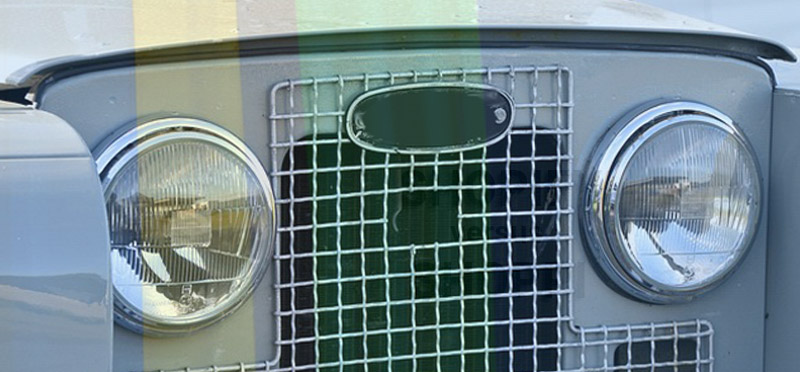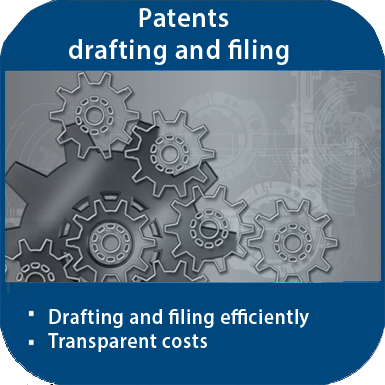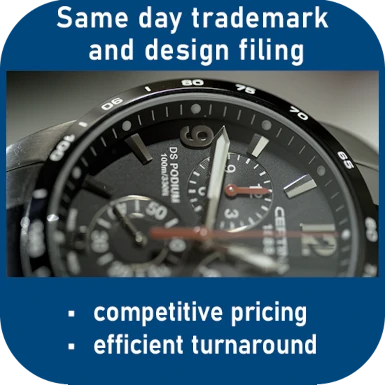CFI: Invalidity action against a complex built-in design

An action for invalidity against a complex built-in design in the field of motor vehicles has been heard since 2016. After the case had already been brought before the CFI in 2020, the CFI ruled again on it at the end of October 2022.
The challenged design is a Community design showing a trailer coupling for use in the connection of cooling and air conditioning systems to a motor vehicle, a complex and built-in design.
However, the main focus was on the application for a declaration of invalidity of the design and the question of whether this application met the requirements.
Stages of the legal dispute
In March 2016, the appellant, L. Oliva Torras, SA (Spain), relying on its own earlier design, filed an application with the EUIPO for a declaration of invalidity of the Community design registered on 10 April 2013 under number 2217588-0001, of which the intervener, Mecánica del Frío, SL (Spain), is the proprietor.
The invalidity application was rejected, also by the EUIPO Board of Appeal (19 Nov 2018 (Case R 1397/2017-3)).
This decision was revoked by the CFI in 2020 (10 June 2020 in Case T-100/19, L. Oliva Torras v EUIPO - Mecánica del Frío), due to errors of reasoning as to whether the product to which the challenged design relates falls within the scope of Article 4(2) and (3) of Regulation 6/2002 as a component part of a complex product.
Therefore, this case was reheard before the Board of Appeal, which ruled on 27 August 2021 (Case R 1306/2020-3), again dismissing the appellant's appeal.
This dispute was the subject of the hearing before the European Court presented here, which was decided at the end of October 2022 (CFI, T 652/21).
Design law on complex built-in design
The applicant submitted a total of six heads of claim to the CFI.
The plaintiff claimed that a design that is hidden after installation should be declared invalid because its registration infringed Article 4 of Regulation No 6/2002.
Moreover, should not the Board of Appeal have examined the conditions for the application of Article 8(1) and (2) of Council Regulation No 6/2002, i. e. simply the question of actual application? The applicant argued that it was not even possible to incorporate the contested design into another type of vehicle, since there was a special, personalized design for each model, which had been previously approved by the trademark or the manufacturer as a guarantee for the end user.
But the CFI did not take a position on these arguments. First, the court dealt with the first plea:
The application for a declaration of invalidity
The application for a declaration of invalidity was based on Article 25(1)(b) of the EU Regulation. Should the EUIPO then automatically have addressed the non-fulfillment of the requirements of Art. 4(2) and (3)?
The CFI denied. The applicant had not put forward any considerations or arguments in support of the grounds for invalidity set out in Articles 4(2) and (3) and Articles 8 and 9 of Regulation No. 6/2002.
In principle, it is for the Board of Appeal to determine which of the conditions for non-compliance set out in Articles 4 to 9 of Regulation No 6/2002 are to be examined by it, the Court explained. In doing so, the CFI explained, obvious facts and questions of law must also be taken into account (insofar as they are specifically relevant), even if they were not even raised by the parties. However, this only applies if it can be assumed that the non-fulfillment according to Art. 4 has also been asserted.
This was not the case in the present case, the court said. The EUIPO's examination is limited to the pleas in law and claims made by the parties, the CFI emphasized. And because the application for a declaration of invalidity had been based on Article 25(1)(b) of that regulation, it could not be assumed that the EUIPO would automatically deal with the non-fulfillment of the requirements under Article 4(2) and (3).
For this reason, the CFI did not rule on the heads of a claim relating to the complex and built-in design and dismissed the corresponding pleas.
Lacking individual character and not being new?
In the end, the issue before the CFI was the direct comparison of the two designs of the parties to the dispute and the novelty and individual character.
The Board of Appeal had found that the creator's degree of freedom in the design had been at least quite low. This was right, said the CFI.
In the comparison, according to CFI, found differences, e. g. the appearance, which in one design appeared to consist of various elements, but in the other appeared to be a solid product, and also the surfaces, which were smooth in one design and had raised elements in the other.
Given the differences between these two designs, the earlier design was not capable of calling into question the novelty and individual character of the challenged design, the CFI ruled. The action was therefore dismissed in entirety.
Design protection, design applications, or declaration of invalidity are also your topics?
We will be happy to advise you, objectively and in your interest. Please contact us for further information by phone at +49 (0)69 69 59 60-0 or info@kollner.eu.







